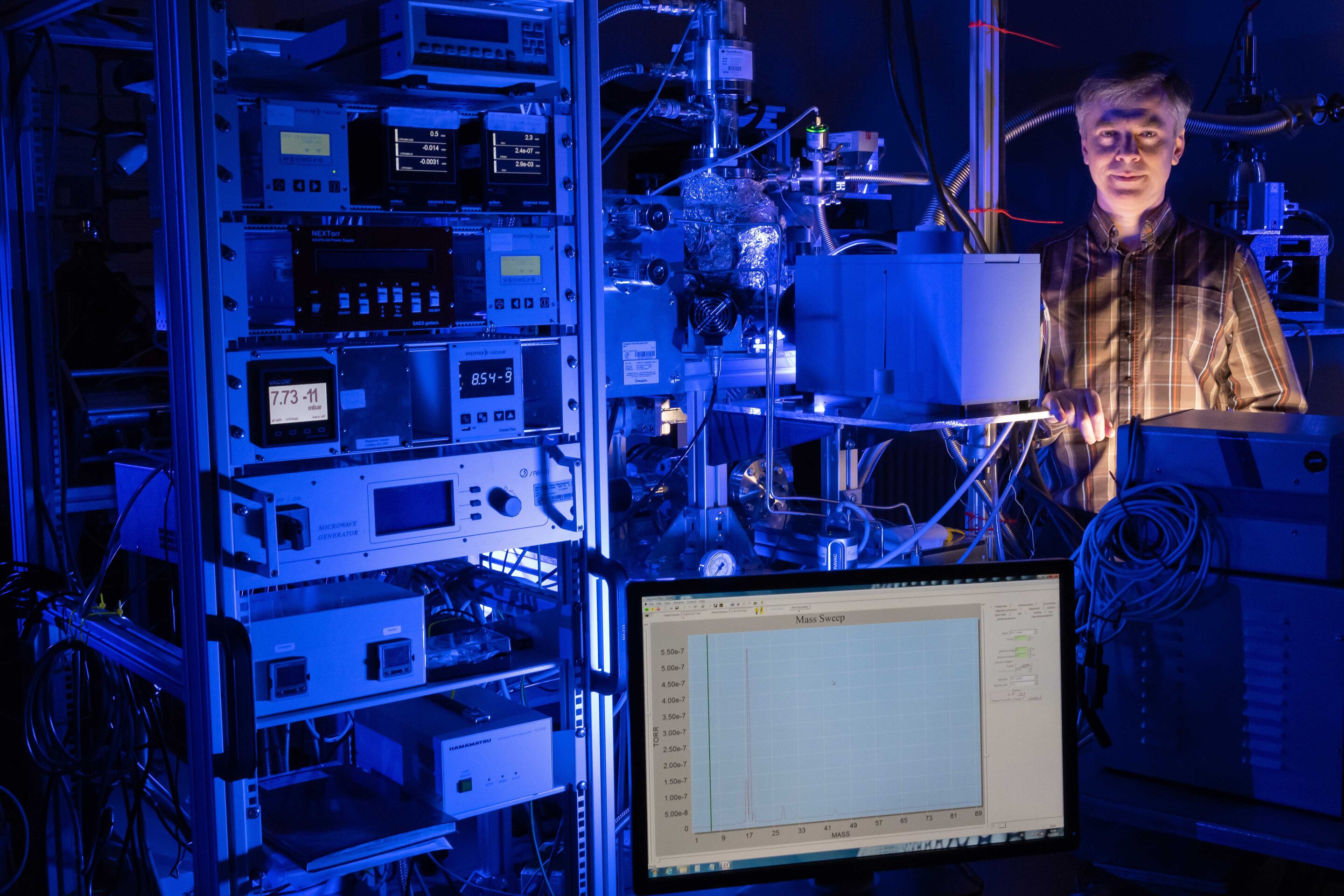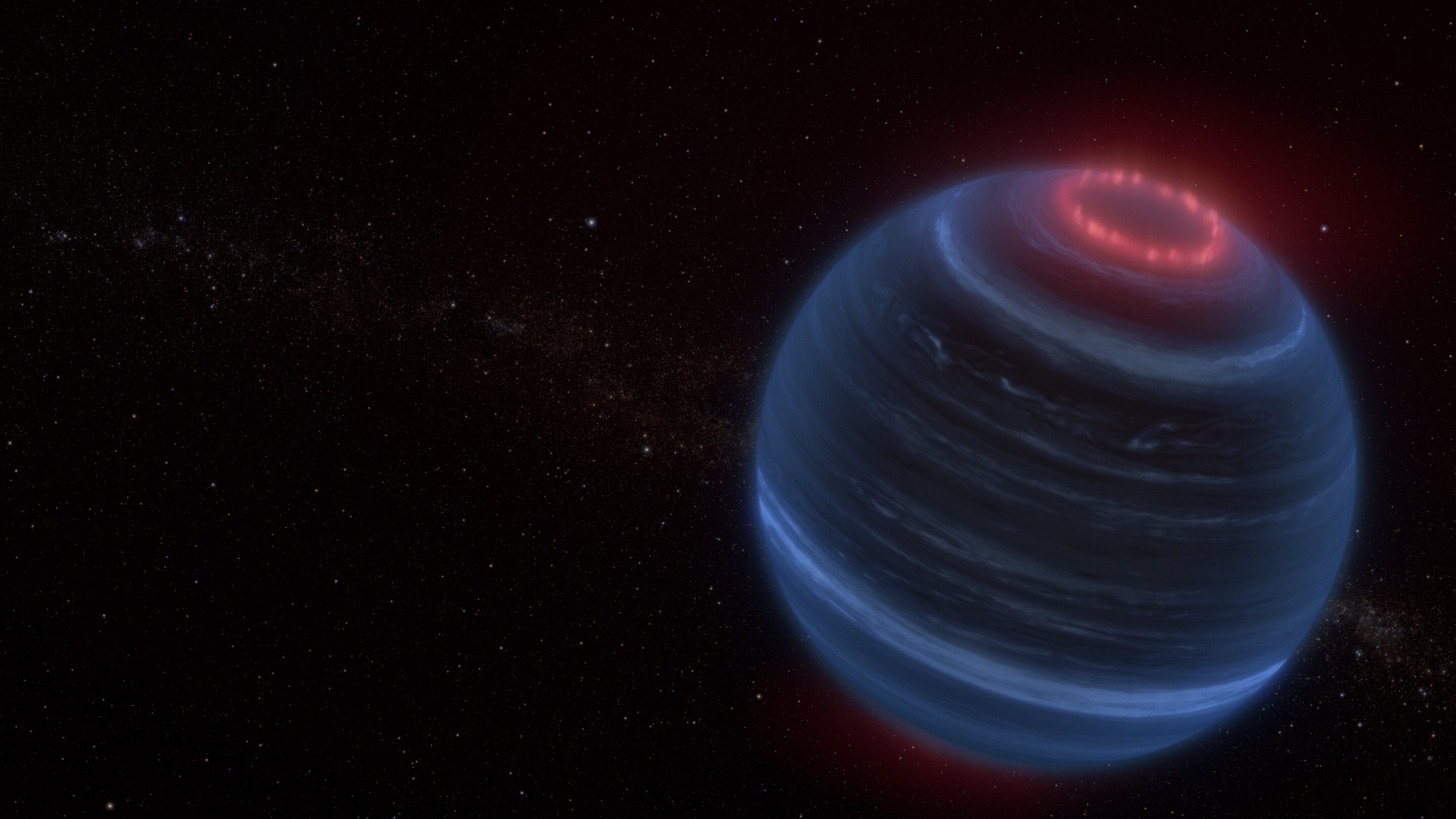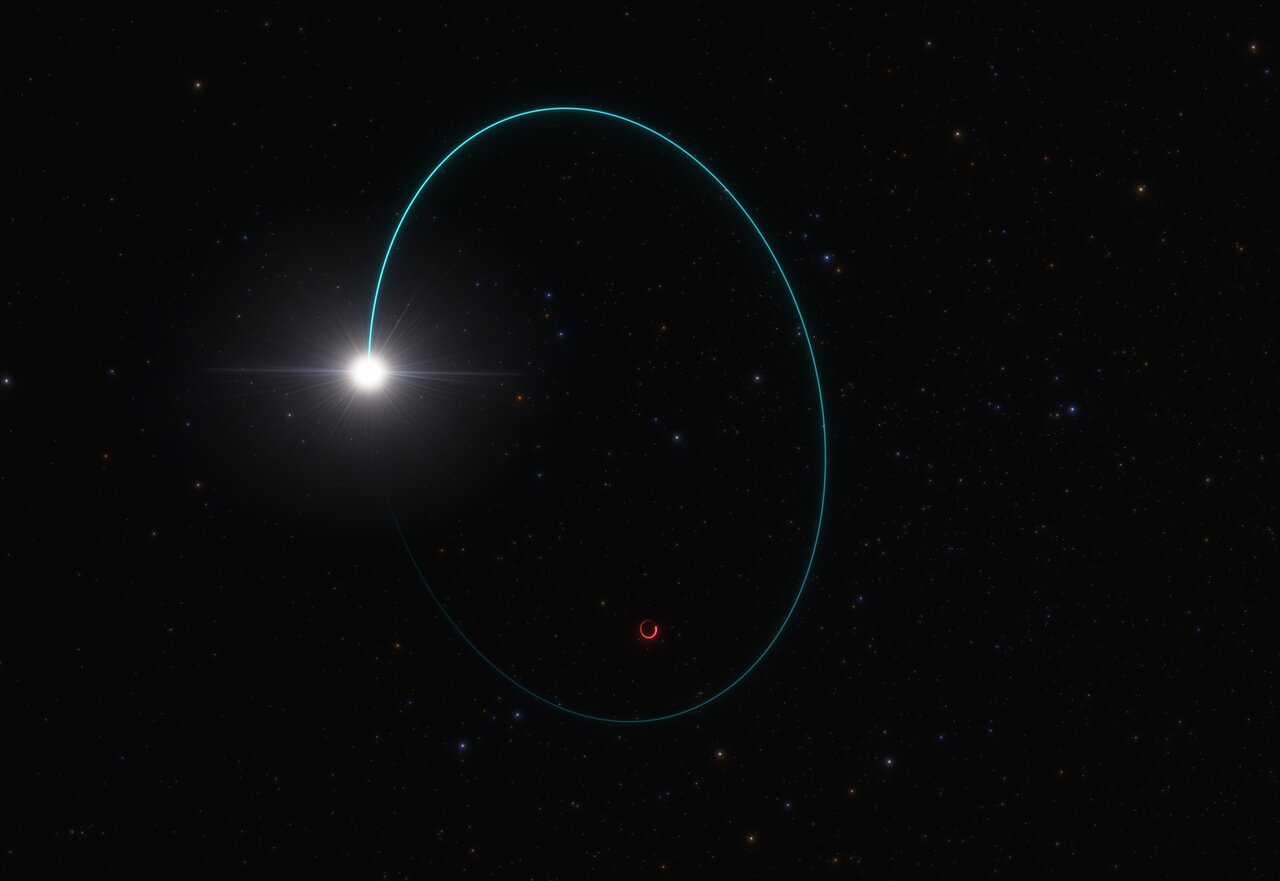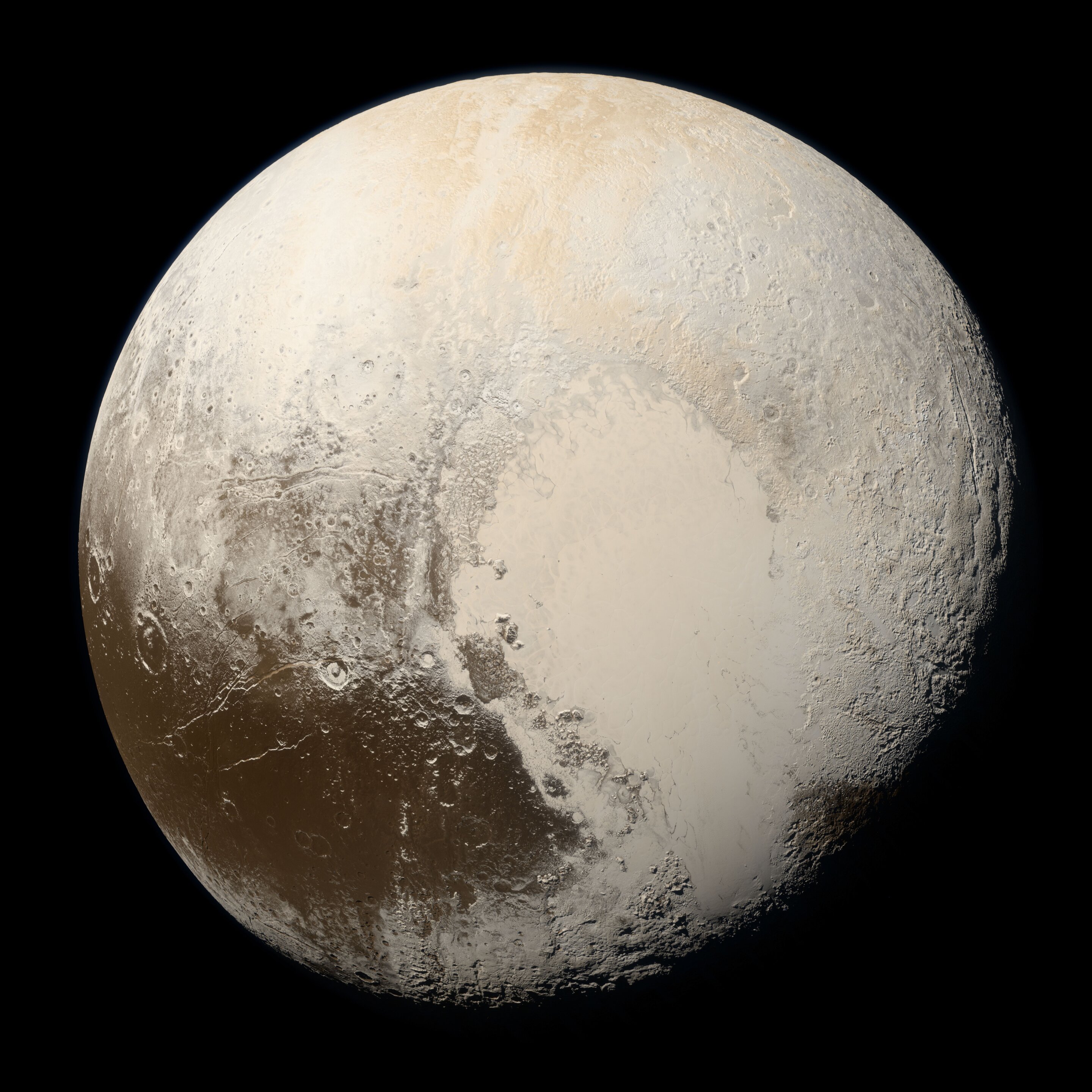
A research team led by Dr. Serge Krasnokutski from the Astrophysics Laboratory at the Max Planck Institute for Astronomy at the University of Jena had already demonstrated that simple peptides can form on cosmic dust particles. However, it was previously assumed that this would not be possible if molecular ice, which covers the dust particle, contains water—which is usually the case.
Now the team, in collaboration with the University of Poitiers, France, has discovered that the presence of water molecu...
Read More







Recent Comments